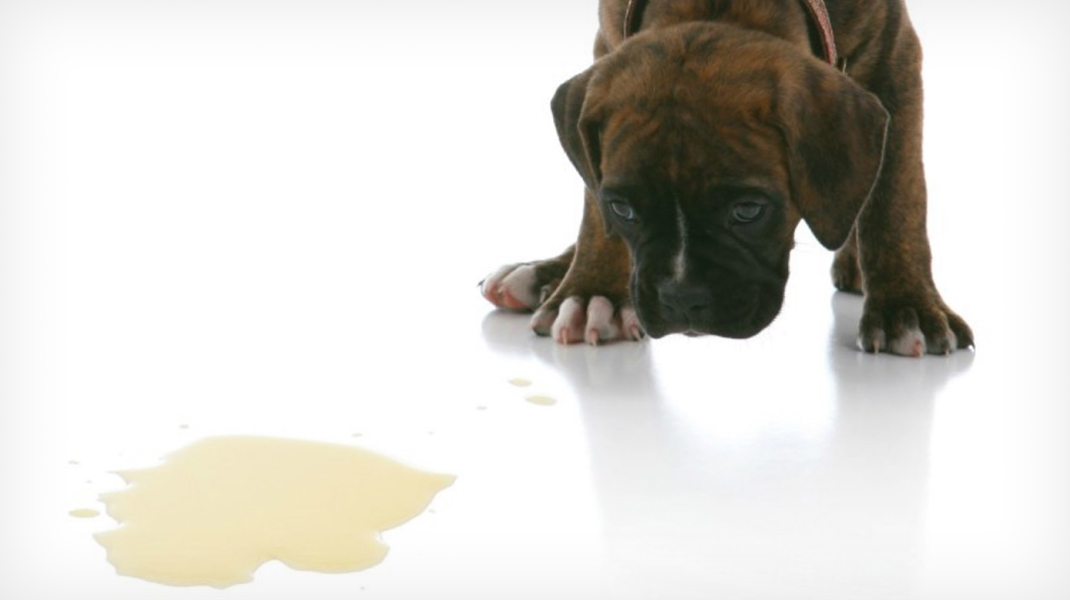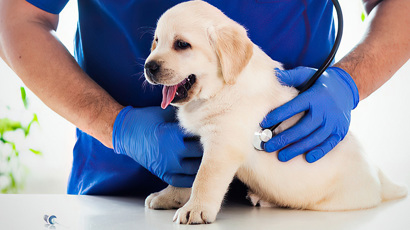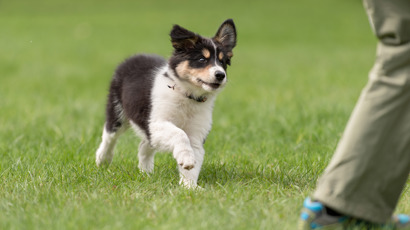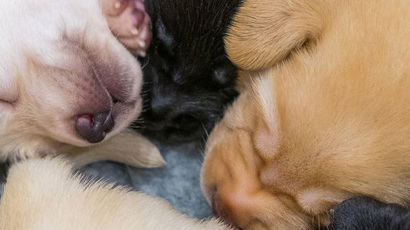Toilet Training your Dog

In the excitement of getting a puppy, it can be hard to keep track of everything you’re supposed to be doing – keeping the new arrival safe, encouraging good habits, and ensuring it grows up to be healthy and strong. For tips on toilet training your puppy, we talk to veterinary behaviourist Dr Jess Beer.
Says Fiona Park.
Dr Jess Beer is well qualified to appreciate the puppyhood journey, having seen hundreds of dogs and their owners through her Auckland business, Kiwi Vet Behaviour.
“The key is having them outside before they need to go. Every couple of hours, pretty much, they’re going to need the opportunity to be in the right place to go to the toilet. If they’re doing it outside, they start associating that place with where they feel that relief, and they’ll learn.”
The odours left behind will also prompt pup to toilet in the same place the next time.
By adoption age, most puppies will have picked up some degree of toilet training. However, they have small bladders and poor control, so accidents are likely. Watch out for signs that your pup is ready to go – sniffing around, circling, pawing at the door – and take it outside immediately. When your pup is not under anyone’s watchful eye, try using puppy pads – Yours Droolly Training Pads are leak-proof, super-absorbent, antibacterial and specially designed to neutralise odours.
Crates are also a useful tool in toilet training. Most dogs don’t like to toilet where they sleep, so crate time can help teach them to hold on – but make sure you take the pup outside immediately before and after closing it in, and don’t leave it in for more than 2-4 hours at a time (unless it’s sleeping overnight). The crate should not be so big that there’s room for toileting away from the sleeping area.
If your puppy does have an accident, be sure not to punish.
This can build fear or anxiety, leading to more accidents, or if you’re not chastising immediately after the act, the puppy won’t understand why you’re angry. Clean up the mess using an odour-killing product so that it won’t be impelled to go again in the same spot.
Small breeds like Chihuahuas can be very difficult to toilet train because of their small bladders – if this is the case, using a litter tray may be the easier route.


